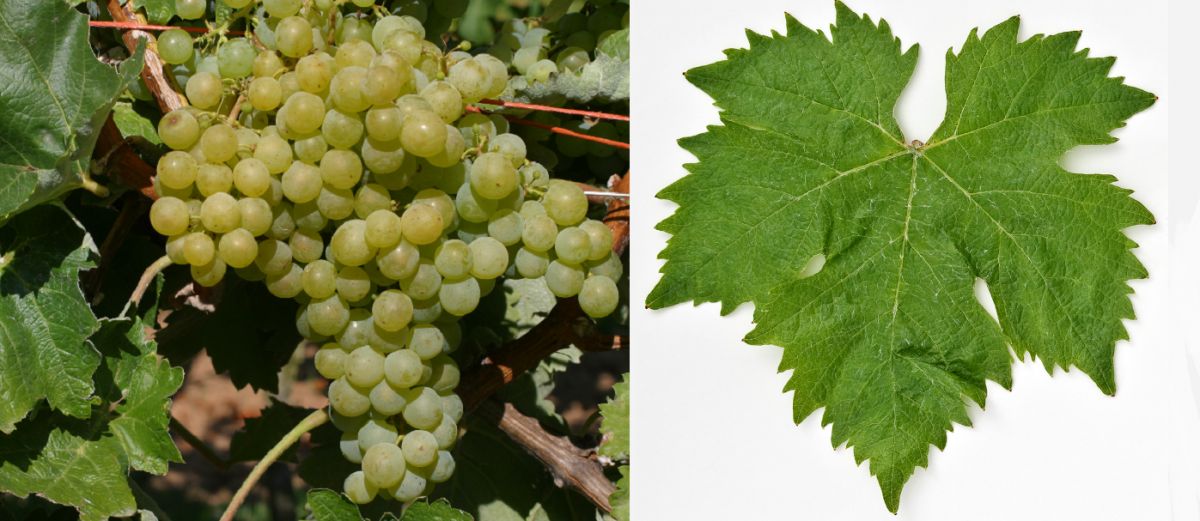The white grape variety originates from Spain. Synonyms are Aidén, Blanc du Zerhoun, Blancón, Burra Blanca, Colgadera, El Biod, El Biodh, El Karim, Forcallada, Forcallat, Forcallat Blanca, Forcallat Blanco, Forcellat Bianca, Laeren de Rey, Manchega, Mantuo Laeren, Valdepeñera Blanca, Valdepeñas and Zerhouni. The exact origin is the Cuenca area in the Castilla-La Mancha region, where it is known as Manchega. It should not be confused with the Forcallat Blanca or Lairén varieties due to apparent synonyms or morphological similarities. The close relationship between Airén, Clairette and Roditis established by analyses carried out in Italy in 1999 is doubted by Swiss biologist Dr José Vouillamoz. According to the latest DNA analyses carried out in 2018, Airén is a direct descendant of Hebén; the second parent is unknown. The Parreira Matias variety was created through presumably natural crossbreeding with Alfrocheiro.

The late-maturing, very high-yielding vine is extremely resistant to drought and generally good against many diseases, as well as being adapted to poor soils. It is therefore particularly suitable for the extremely hot summer regions of Castilla-La Mancha. The variety produces pale yellow-coloured, high-alcohol, acidic, neutral white wines. It should be noted that the vines, which are trained in a low bush form (gobelet), are cultivated with a wide spacing between the vines and a low planting density (1,200 to 1,600 vines per hectare). Airén is mostly used as a blend for simple consumer wines; with Macabeo and Malvar (Lairén) for fresh white wines, and in central Spain with Cencibel (Tempranillo) for light red wines. Above all, however, it provides the base wines for the distillation of Spanish eaux-de-vie (such as Ugni Blanc in France). The Spanish cultivation area is 203,276 hectares. It is also cultivated in smaller quantities in Morocco (440 ha) and Tunisia (85 ha). The area has more than halved in 25 years, from 476,396 hectares in 1990 to 203,801 hectares in 2016. The variety, which was ranked number one for decades, is now only in fourth place in the global grape variety ranking.
Source: Wine Grapes / J. Robinson, J. Harding, J. Vouillamoz / Penguin Books Ltd. 2012
Pictures: Ursula Brühl, Doris Schneider, Julius Kühn Institute (JKI)
Voices of our members

I have great respect for the scope and quality of the wein.plus encyclopaedia. It is a unique place to go for crisp, sound information on terms from the world of wine.
Dr. Edgar Müller
Dozent, Önologe und Weinbauberater, Bad Kreuznach